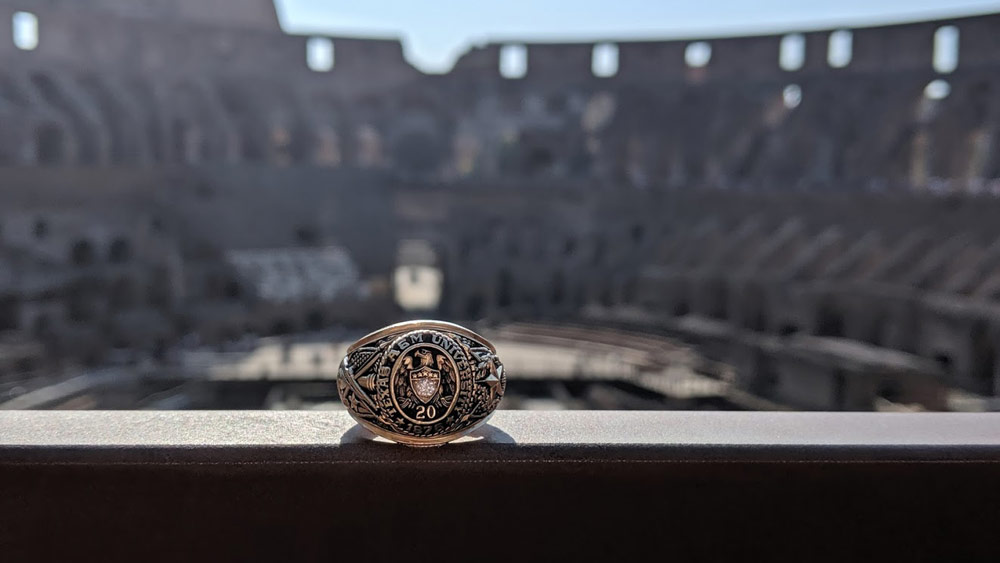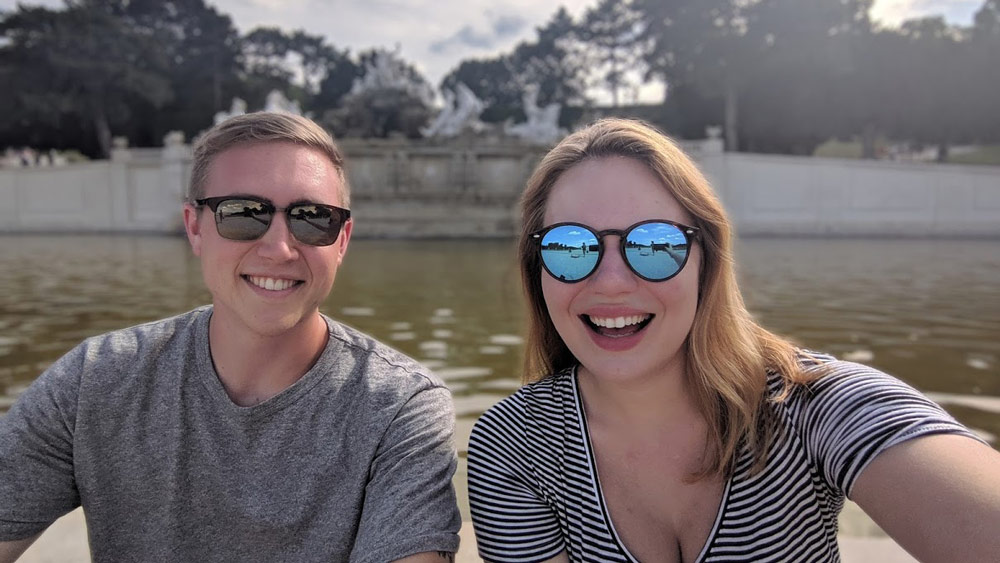
Bidding ciao to the Texas summer heat, a group of graduate and undergraduate students from the Department of Ocean Engineering at Texas A&M University took their education overseas.
For a month, they delved into the engineering wonders of Italy through the departmental study abroad program – spending time in cultural hotspots such as Venice, Florence, Rome, Ravenna and Pompeii.
“You definitely get a lot of teamwork,” said graduate student Parker Rodrigues. “We were all in the same boat. Everyone was willing to help everyone else because we didn't want anyone to fall behind. And there is no better way to destress from class than to go for some gelato or Italian food.”

“It was a very well-rounded study abroad,” said graduate student Hannah Toerner. “You go expecting to do all this engineering work, but you get a lot more out of it than that. It's not just engineering. It’s art. You see the beautiful old structures and get to appreciate them for what they are. Then you also think, ‘Wow, I wonder how much force is on that one?’ You get the best of both mindsets and I think that's really cool.”
Emphasizing structural analysis and the design of facilities related to ocean engineering (such as ocean-going vessels, seawalls and offshore structures like drilling rigs and windmill farms), the trip integrated elements from the available ocean engineering courses into the wonders of Europe.
As Toerner explained, for example, for OCEN 345: Theory of Ocean Engineering Structures, students chose one of the structures found in Italy and reconstructed it in SolidWorks, a digital modeling software. They then were tasked with figuring out all of the forces affecting the building.

“Yes, it was a class, but it makes you really think about what it takes to build those structures and make them stand for 3,000 years,” said Toerner. “Especially in today’s world, where we are building things that we know are going to have to be repaired or redone in 50 to 100 years.”
“And they didn’t have the same technology we do today for things like water transport and treatment,” said Rodrigues. “Some of the aqueduct systems were able to get an inch of grade over a mile. So that’s one inch of difference (of water) from a point that is 5,280 feet away. That’s phenomenal without serving equipment and laser precision. And, with the Italian Renaissance, a lot of the principle mechanics and fundamentals that we use today were developed there, so being able to see why they developed them and how they used them was fascinating.”
With applications to the 2020 summer program closing on Dec. 1, Rodrigues looked back on their experience in order to offer one final piece of advice to fellow ocean engineering students.
